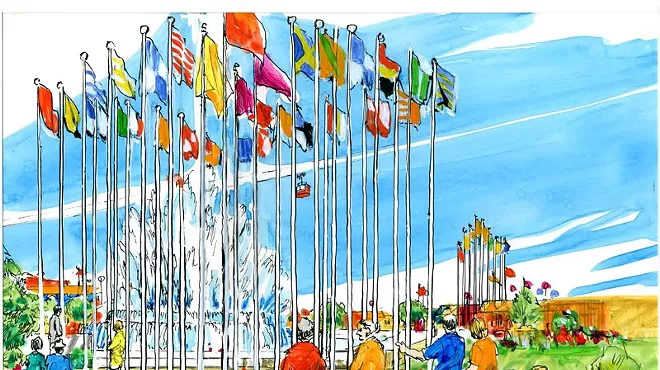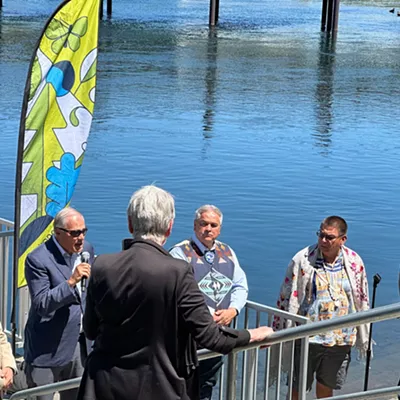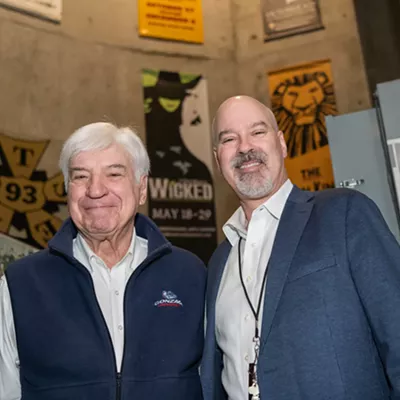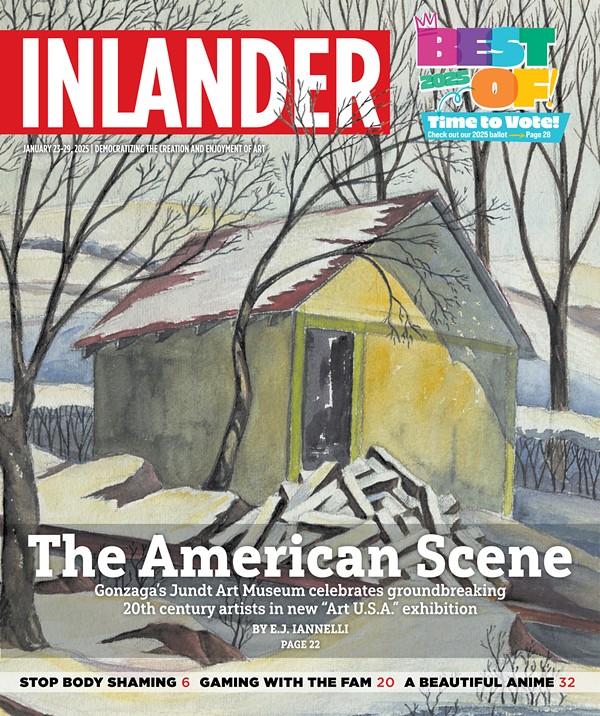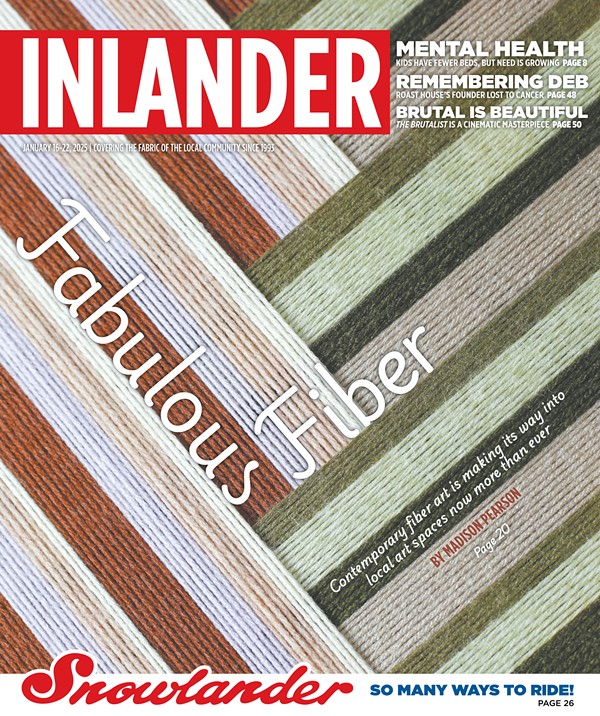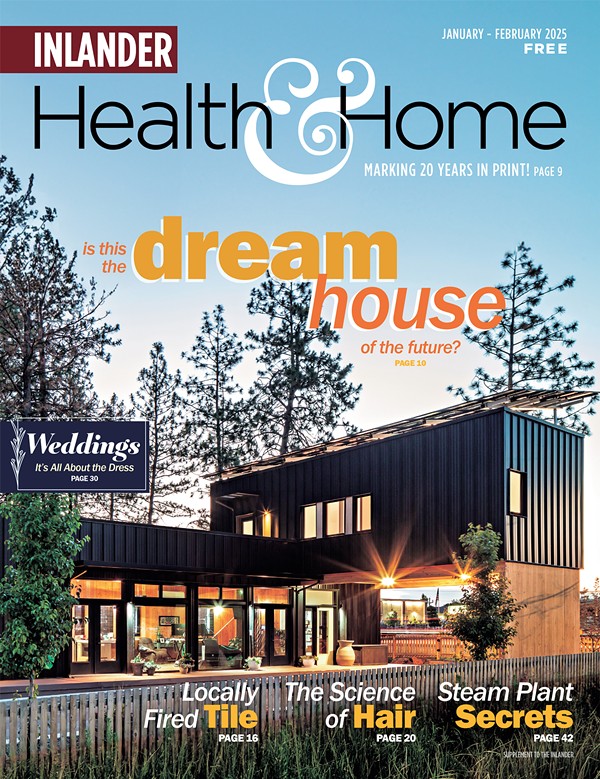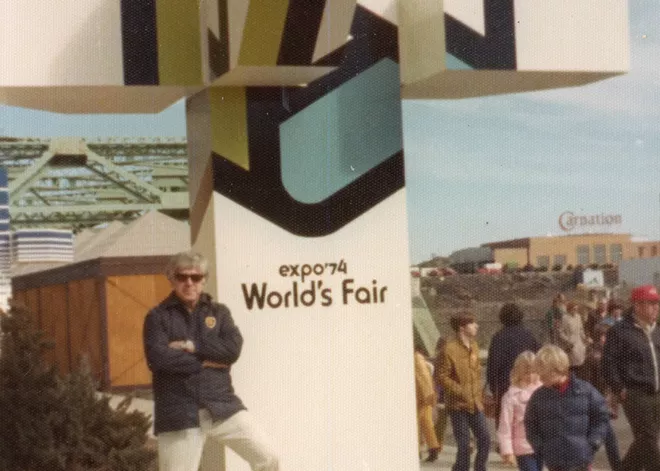
It all started with Time. Actually Time-Life, that huge set of glossy books that every kid had in the '60s. Lloyd L. Carlson would read them to his son every night. Carlson was VP at a local design firm here in 1972 when the City of Spokane announced it was looking for a logo to be created for its World's Fair. Officials said that a contest would be held to find the logo that would represent Spokane to the world, and Carlson jumped at it.
"Dad hated this sort of nonsense," his son Steven recalls. "The first contest was open to anyone, and there was no intention of paying for the winning design. The committee hoped that some nice amateur artist would win." Carlson spent his free time working on the project for about six months until it hit him. He thought back to those Time-Life books. In one of them, he remembered being compelled by an article about the Möbius strip.
"A fascinating, improbable shape," Carlson noted at the time, "it has no definable beginning and no end. It is continuous."
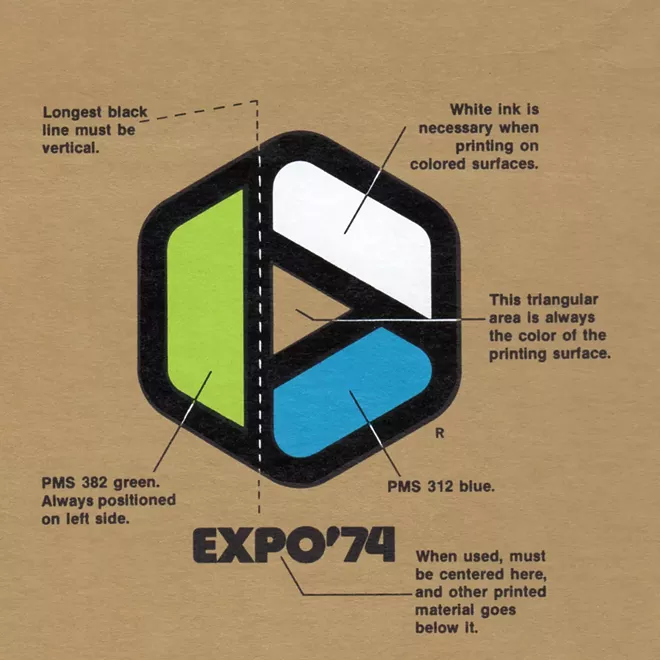
Officials wanted the logo to embrace the theme of "continuity of life" and emphasize environmental themes such as "live in harmony... maintaining our fresh air" and "finding solutions to our industrial pollution problems." Since a Möbius strip is never-ending and symbolizes reuse, this seemed to him a perfect fit. Carlson chose white to express the purity of air. Blue stands for the water of lakes and streams. Green represents the unspoiled, natural beauty of growing plants and trees. As soon as he had the idea, he completed the finished logo in a matter of hours. The next day, he submitted it to the design committee.
The committee notified Carlson that he had won, and asked him for the art master. Carlson pointed out "the first contest was the freebie, and if they wanted the Möbius strip, they'd have to pay," says Steven. They did. Steven recalls they paid about $5,000 — he wasn't exactly sure — but they made it worth his father's time.
Carlson went on to create a flag design for the city [which was in use until 2021], as well as designs for some of Spokane's most iconic brands. In 1986 he moved to Portland to be closer to his family; he passed away in 2009 at the age of 90.
"When I visit Spokane," Steven says, "I see examples of logos he did half a century ago still in use — not a bad legacy." ♦
This story was first published in the Inlander on May 1, 2014



